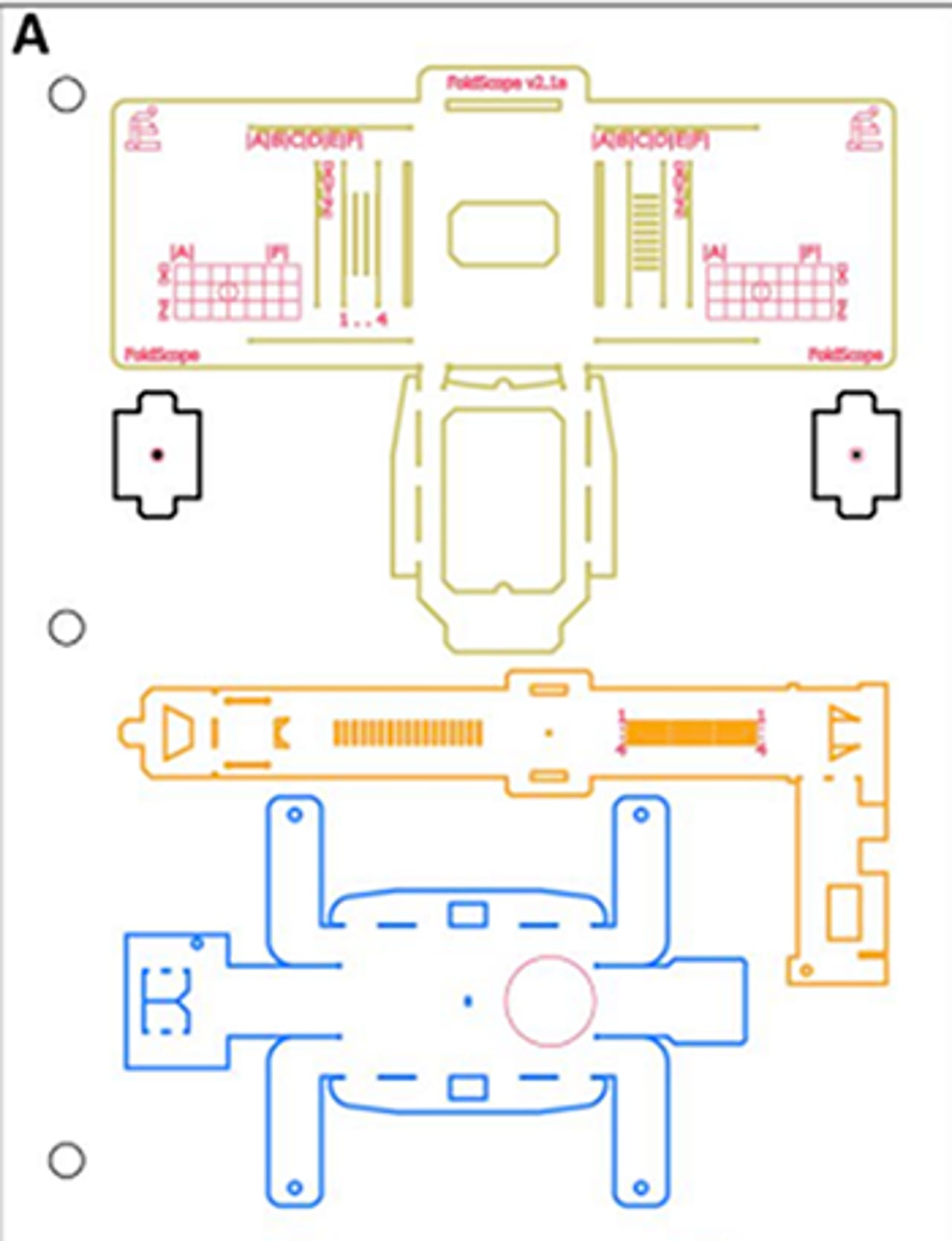The $1 paper microscope that could revolutionize healthcare

A $1, origami microscope made from paper and a cheap lens has the potential of improving healthcare and the detection of diseases worldwide.
Origami, an ancient Japanese art of paper folding, isn't the first thing you consider in a laboratory or hospital. However, Manu Prakash and colleagues at Stanford University in California have put the art to good use -- in the construction of a cheap, foldable microscope which costs less than a dollar to create.

The device, called the "Foldscope," can be assembled in under ten minutes from a flat sheet of paper and a tiny lens ($0.56,) a 3V button battery ($0.06) and a few other additional materials -- bringing the total cost to $0.97.
"Although it costs less than a dollar in parts, it can provide over 2,000X magnification with submicron resolution, weighs less than two nickels, is small enough to fit in a pocket, requires no external power, and can survive being dropped from a 3-story building or stepped on by a person," the creators say.
If you place your eye close enough to the lens, not only rightfield and darkfield images appear, but fluorescence microscopy is also possible.
At only a dollar a go, the applications in healthcare for these microscopes are vast. With modifications to filters and staining, particular diseases and parasites could be detected, as Prakash and his colleagues have already shown with the Chagas parasite, Escherichia coli and other examples. When detected, the infected could be isolated and treated -- keeping contamination of large populations at bay.
In a smaller sense, these foldable microscopes could also be used in education, with schools able to buy up cheap equipment or healthcare professionals in developing countries given more tools to detect disease within patients.
In the future, the creators hope that modern manufacturing techniques will bring about production on a vast scale. However, cost and planning can prove to be obstacles in global distribution -- and these issues often cause innovative products to fall to the wayside.
Read on: Technology Review
Image credit: arxiv
This post was originally published on Smartplanet.com